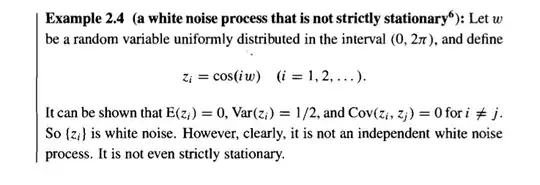I am trying to analyse this data, in order to try to estimate the percentage of tickets that can be sold for an event (events, based on venue will have different capacity). I have two covariates which are artistRating and artistVotes, and two factor variables paintingTitle and artistName with 1059 and 286 levels respectively, along with a timestamp.
> str(bob_new)
'data.frame': 4078 obs. of 8 variables:
$ ticketCount : int 9 10 15 21 17 24 19 19 15 16 ...
$ ticketsRemain: int 21 10 21 13 0 1 6 21 15 4 ...
$ artistRating : num 4.38 4.23 4.57 4.35 4.32 4.48 4.32 4.42 4.55 4.32 ...
$ artistVotes : int 616 401 481 100 113 657 157 350 406 33 ...
$ artistName : Factor w/ 286 levels "Abbi Macfarlane",..: 254 191 277 65 212 200 75 9 188 211 ...
$ paintingTitle: Factor w/ 1059 levels "\"Baby, it's cold outside\" - Brown Wash Rustic Wooden Sign",..: 1013 745 958 473 725 40 521 472 992 1013 ...
$ date : Date, format: "2016-12-01" "2016-12-01" "2016-12-01" "2016-12-01" ...
$ percent : num 0.3 0.5 0.417 0.618 1 ...
> head(bob_new)
ticketCount ticketsRemain artistRating artistVotes artistName paintingTitle date percent
1 9 21 4.38 616 Stella Mandrak-Pagani #TeamAjaz Winter OWL in snow 2016-12-01 0.3000000
2 10 10 4.23 401 Meg Burns Simi Cherry Blossoms 2016-12-01 0.5000000
3 15 21 4.57 481 Veronica Stach Where the Wild Things Are 2016-12-01 0.4166667
4 21 13 4.35 100 Christine "Chri" Lee Lust in the Wind 2016-12-01 0.6176471
5 17 0 4.32 113 Nicole Pinder #TeamAjaz Seagull Beach 2016-12-01 1.0000000
6 24 1 4.48 657 Monique Ra Brent Aurora on the River 2016-12-01 0.9600000
What would be an intelligent way to approach this task? I found a package :prophet https://facebookincubator.github.io/prophet/ Which allows for an analysis of the time series, it seems to me however that it has one major weakness, that it does not allow for the inclusion of other variables, however with the advantage that it can "understand" seasonality, which in this case does seem relevant.
I have done a few manipulations see: Poisson regression with strong pattern in residuals
However I do not manage to obtain convincing models as the data is very clustered:
What would be recommendations that you would have as to what type of models I could use in order to be able to make predictions? I am still a novice in data analysis (still undergrad), so I have had exposure to a variety of glm but never thorough applications.
I would appreciate any reference and advice!
EDIT: this seems like it would be relevant : Building a linear model for a ratio vs. percentage?

